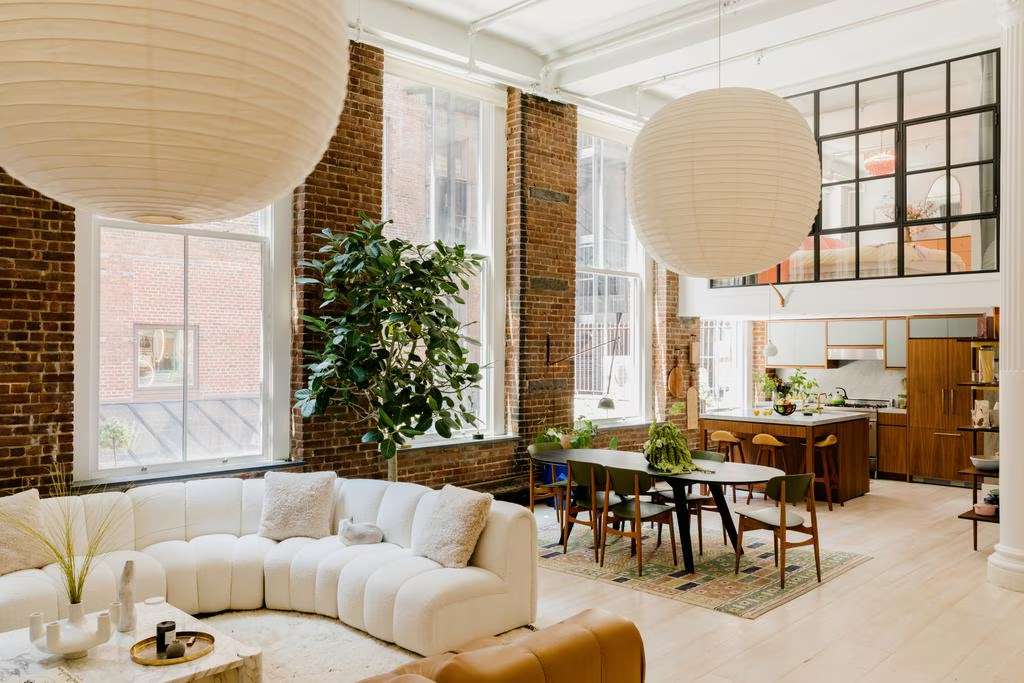
Is a home really complete without a smattering for plant life to come home to? For most, the answer is no. For some, those who struggle to keep their plants alive and thriving, we may have touched on a sore point. No matter which camp you fall into or how alive your plants are right now, the question of how to style them should be as important as how often you’re watering them.
It’s for this reason we turned to plant stylist, artist and author Hilton Carter, whose two books—Wild at Home and Wild Interiors—detail how to prune, position and plan your way to decorating with greenery like a professional. Here, the Maryland-based green thumb encourages us to “always lead with a statement plant” and explains there is such a thing as too many plants, which, we concede, may be difficult for some to read.
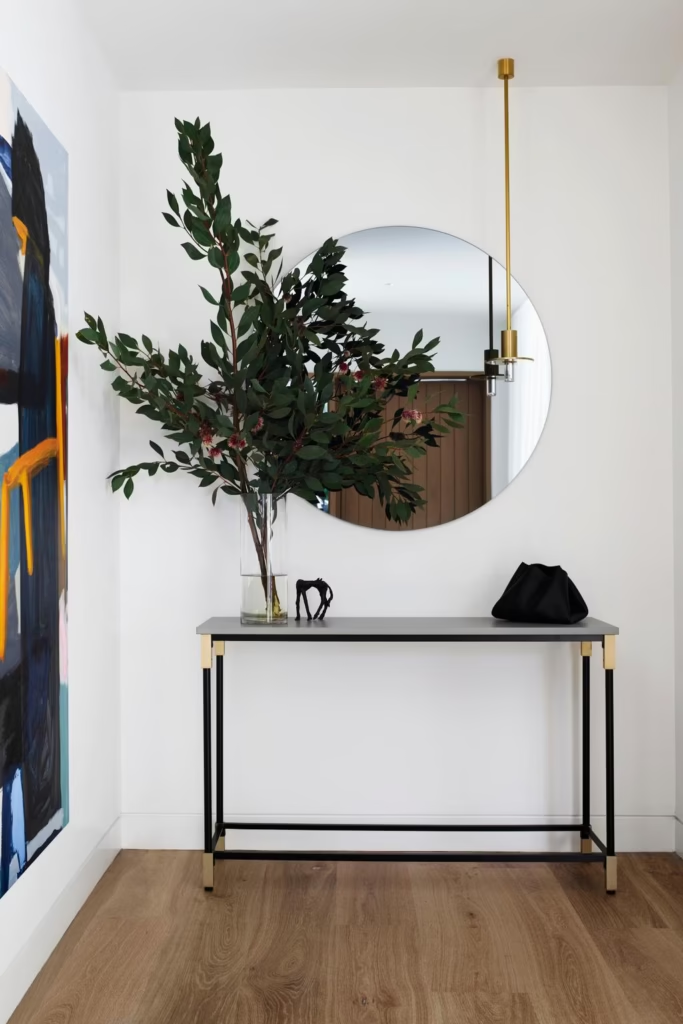
But first, it’s essential to understand what natural lighting you’re working with and how this can affect your precious plant life. “Start by understanding what type of light is coming into your home because light is everything to every plant,” Carter explains, adding, “Different plants can require different types of light but all plants will thrive in bright indirect light, which south-facing windows give you. North-facing windows can give you anywhere between indirect, medium to low light. East-facing windows produce morning direct sun (cooler direct sun) to indirect light, while west-facing windows let in indirect light to afternoon direct sun, which is a really harsh direct, that could sunburn your foliage.”
Carter also warns that plant clutter can do more harm than good to a home, especially if you’re not careful to edit or be picky about placement. “One plant can make a home feel alive and bright,” Carter explains, adding, “when you just fill your home with plants without any idea of placement and where they would be most effective, it just starts to feel crowded and sloppy.”
Rather than let your plants become a mess, read on for Carter’s advice for styling with plants now.
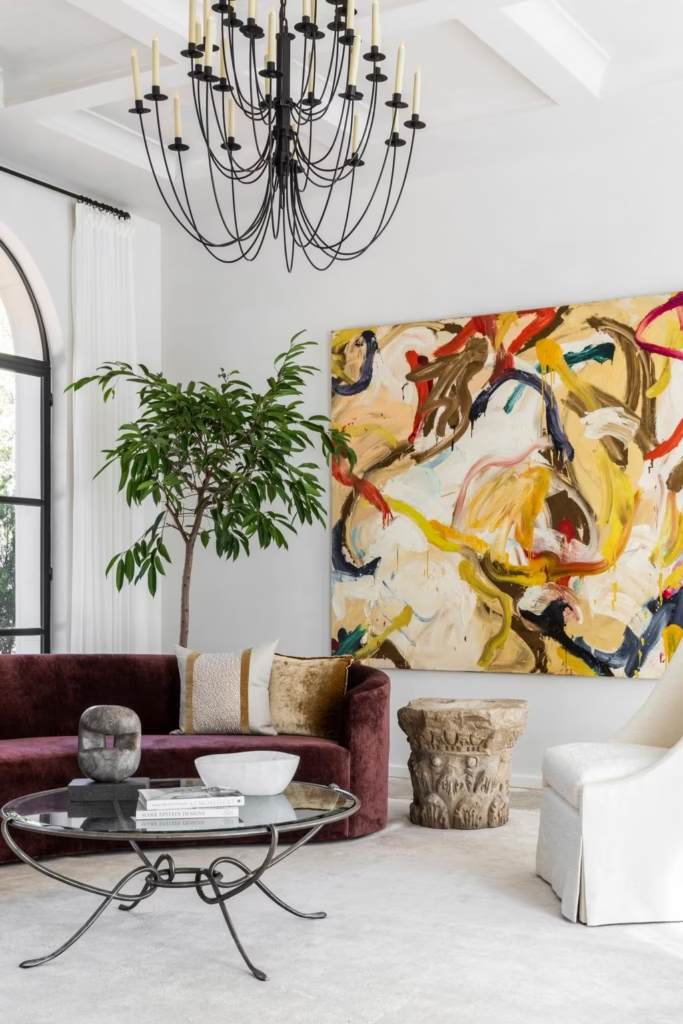
For general home styling, Carter offers three essential tips for getting started. First, “always lead with a statement plant,” the plant stylist advises, noting in this case bigger is “definitely” better. “This will be the plant that clearly helps blur the line between indoor/outdoor.”
Next Carter recommends always opting for “the unexpected” when approaching your greens. “Don’t limit yourself just to the horizontal space,” he explains. “Place your plants on the top of a dining table as a centrepiece or hang a large plant over your bed in a hammock.”
And of course, always consider the planter: “The pot is like the plant’s dress. Let the pot make its own statement while it lifts the plant up!”
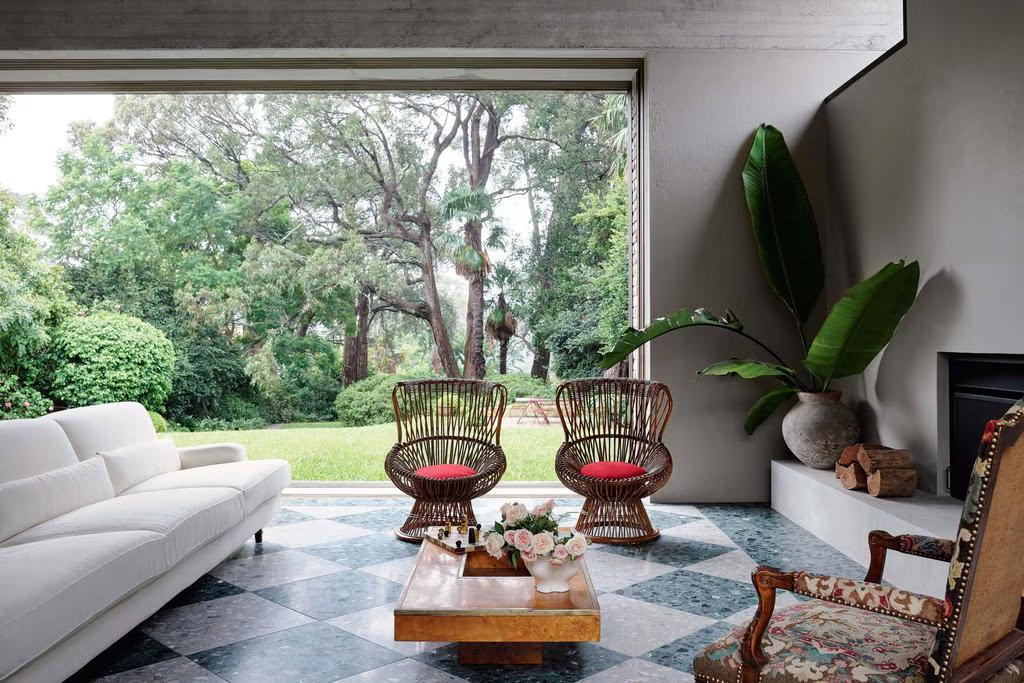
If you have the urge to get creative with styling or are on a budget, Carter suggests becoming a regular at second-hand stores and flea markets to unearth vessels you can repurpose as planters. “This will help separate your look from others,” he explains. Look to pieces like old crystal glassware and retired science equipment like beakers and test tubes, as a way of creatively showcasing the pieces. Similarly, “start combining like-minded plants into single pots” for unconventional arrangements.
And don’t forget to “use the vertical space” either says Carter who encourages you to “create propagation walls and use wall mounted plants as living art”.
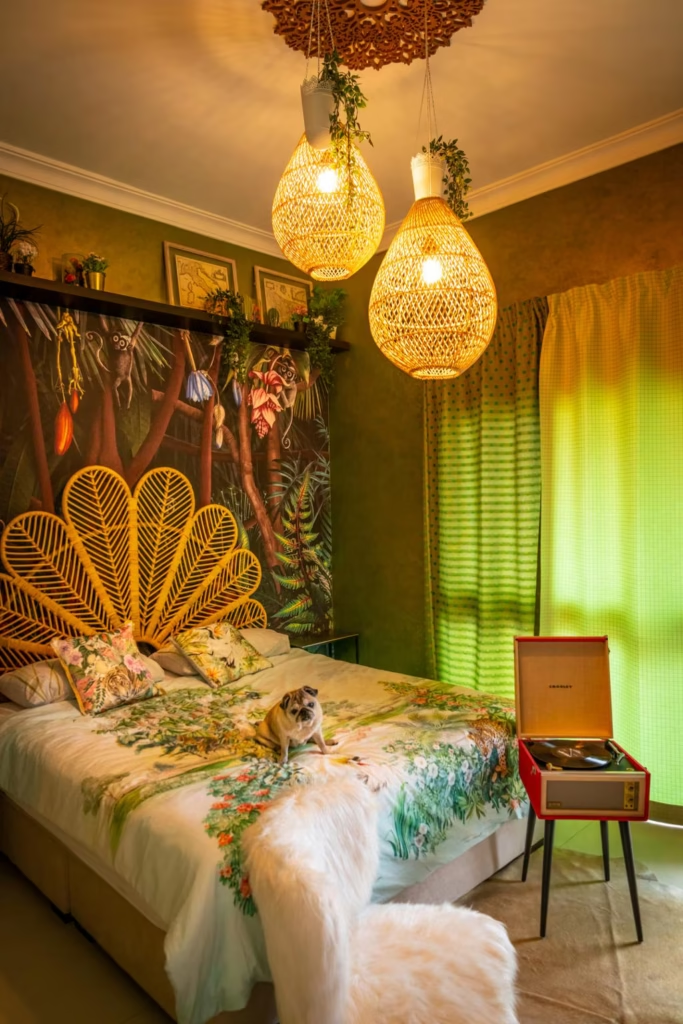
Including plant life within the bedroom can instantly enliven a room and create a soothing mood but rather than restrict yourself to the customary bedside cactus, think of how you might incorporate greenery in more ingenious ways.
Encourage vines to crawl around and frame mirrors, or even wind their way around a bed. If you’re lucky enough to have a four-poster, place a golden pothos plant on a bench at the base of the bed and encourage it to wrap itself around the frame. Carter, is of course, a fan of using a hammock above the bed to create a living canopy which will watch over you while you sleep but here, interior designer Pallavi Dean has opted to pop planters on top of her light fixtures as an ingenious way to incorporate greenery without too much hassle. As long as you have enough light, there’s no end to the ways you can get creative with your green life.
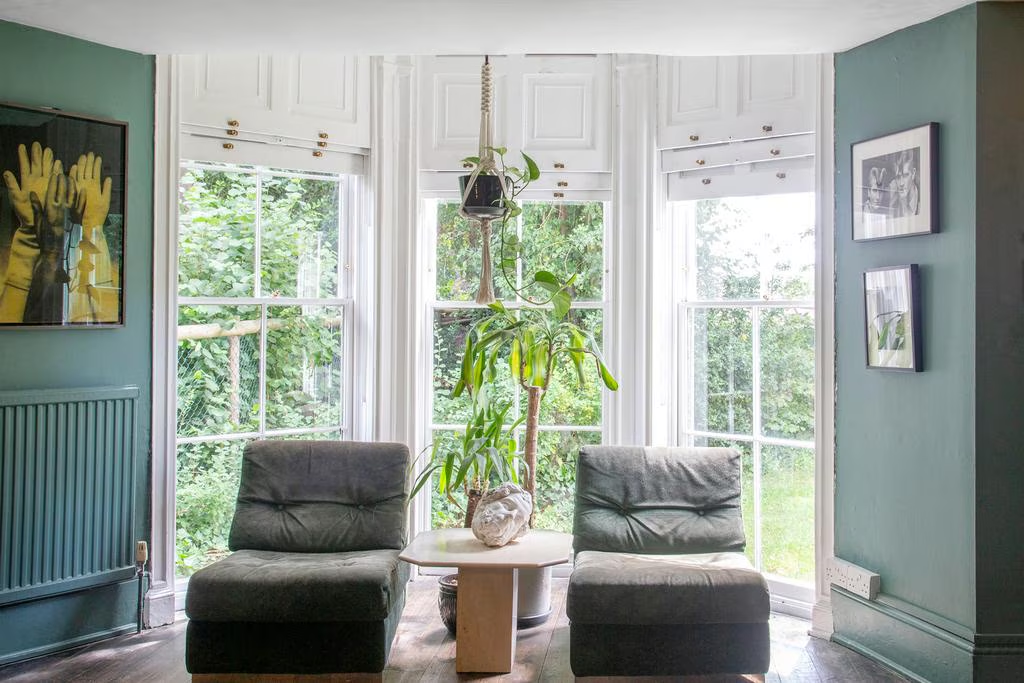
“The living room is where you should get a bit more wild,” says Carter when we quiz him on how to approach common areas of the home. “This is where your statement plant should live; let it set the tone and mood of your home by being the centre of attention. This is where I like to bring in a tree like a fiddle-leaf fig or ficus Audrey. Style it at the side of your couch or next to a chaise chair to create a plant throne.”
Similarly, if you have sky lights, particularly tall window frames or even open shelving, plants can slot in or grow around these nicely depending on how willing you are to experiment with hanging or out-of-the-box arrangements.
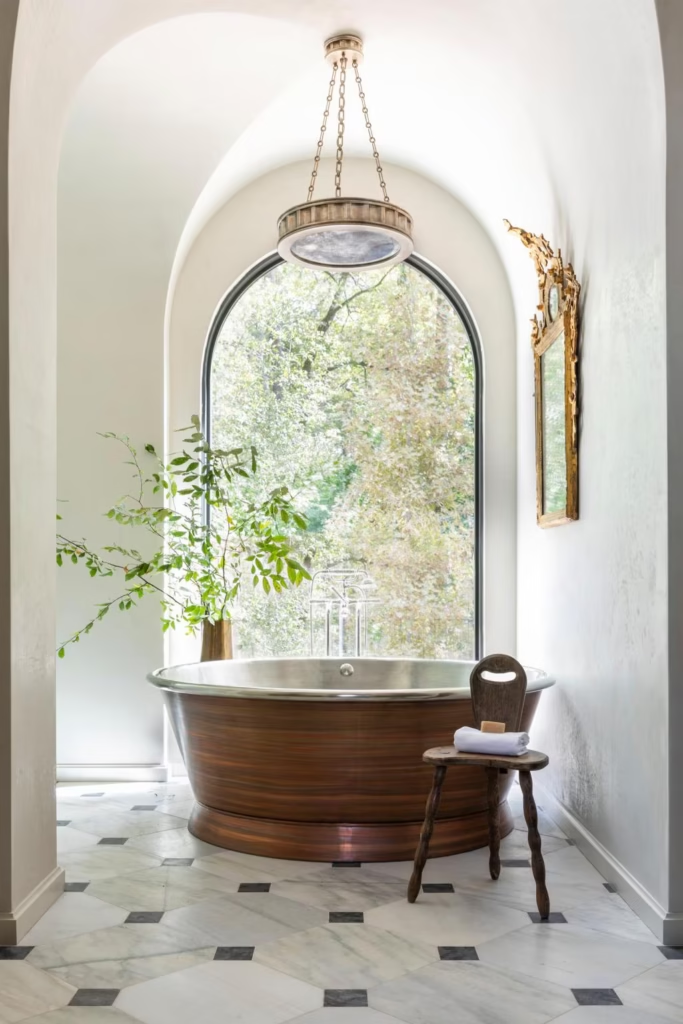
“If you have light coming in, the bathroom is the perfect spot for your high humidity plants!” says Carter. “Mount a staghorn fern and place it in the centre of the bathroom or hang orchids in baskets around the shower.”
If you’re someone who has particular trouble styling plant life or keeping it alive, the bathroom is a great place to start and, like Carter points out, the climate of the room is often plant-friendly so stack, store and pot with abandon—something will grow eventually!
References:
Lupica, L.H., 2020. A plant stylist’s rules for getting greenery right. [online] Vogue Australia.

